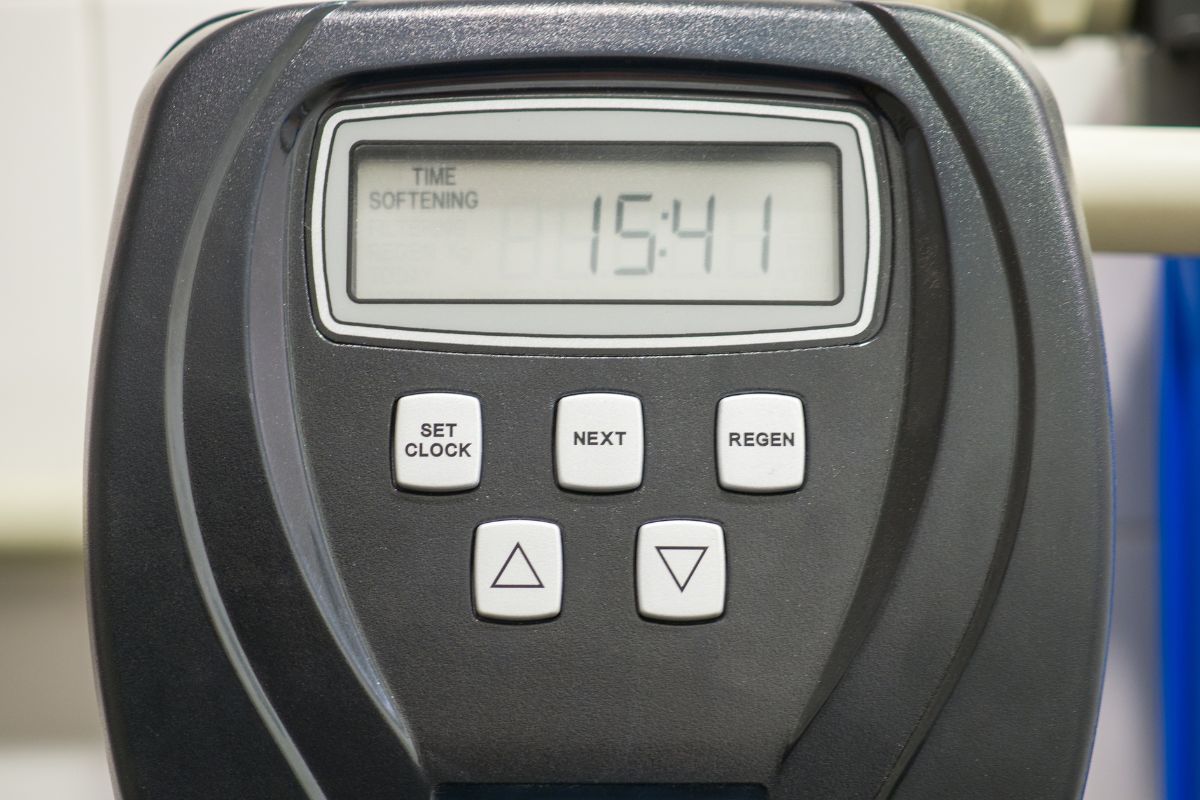Water softeners are an essential part of many homes, allowing residents to enjoy soft water on a daily basis. They are responsible for removing hard minerals such as calcium and magnesium that can cause problems with plumbing and appliances. The key aspect of the operation of water softeners is the regeneration process.
Regeneration in water softeners is the process by which the softener "renews" its ability to remove hard minerals from the water. This is necessary because the softener can only handle a certain amount of water before it becomes ineffective. During regeneration, the water softener flushes through the ion exchange bed network that was previously absorbing hardness to remove accumulated minerals and restore the water's full softening capacity.
Regeneration of water softeners is a key component of their effective operation, but different models and systems may use different methods of regeneration. One of the most effective is proportional regeneration.
What is proportional regeneration?
Proportional regeneration is an innovative regeneration method used in some models of water softeners. This method ensures greater efficiency and saving of salt and water compared to standard regeneration methods.
Proportional regeneration consists in adjusting the amount of salt and water used during the regeneration process to the actual consumption of the softener. In other words, the amount of salt and water used is proportional to the amount of hard minerals that have been removed from the water by the softener.
As a result, proportional regeneration saves salt and water, which is good for both your wallet and the environment. Unlike standard regeneration methods, which always use a fixed amount of salt and water, proportional regeneration optimizes these amounts according to actual consumption.
Advantages and disadvantages of proportional regeneration
Proportional regeneration brings many benefits, both for the user and the environment. Saves salt and water, which means lower water softener running costs. In addition, it effectively extends the life of the softener, because it is not overloaded with unnecessary regeneration cycles.
However, it is worth noting that proportional regeneration requires an advanced control system that is capable of monitoring softener usage and adjusting the regeneration process. This means that softeners using this technology can be more expensive than their standard counterparts.
Example of proportional regeneration
The easiest way to understand this process is to present it with a concrete example. Assume that the softener regeneration cycle is programmed to run every 2500 liters of filtered water. If, after 6 days, during which 2,400 liters have been used, the softener predicts that the maximum ion exchange capacity will be exceeded on the seventh day, it will start the regeneration process at night from the 6th to the 7th day. If the softener settings are properly configured, the machine will reduce the amount of salt by the unused 100 liters left for the seventh day.



